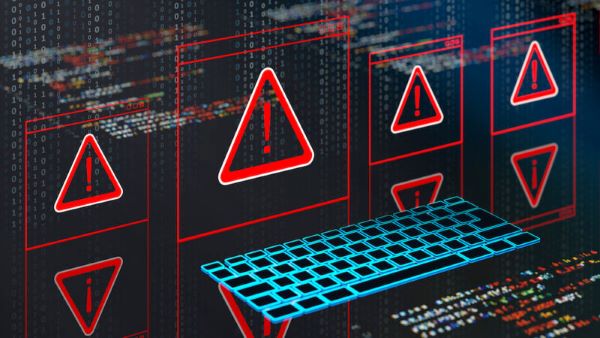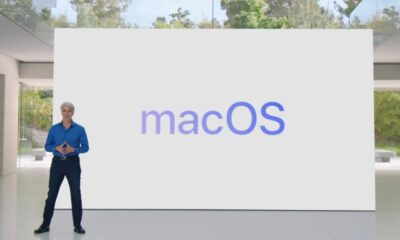Tech News
7 Years Old RCE Vulnerability Addressed In Kerio Control

A critical vulnerability was identified in the Kerio Control security software, posing a risk of code execution attacks. This vulnerability has been present in the platform for several years, impacting multiple versions. It is crucial for users to promptly apply the necessary security fixes to safeguard their systems against potential threats.
Kerio Control Vulnerability Allows Code Execution
Egidio Romano, a security researcher, recently uncovered a significant security flaw in the Kerio Control software. Kerio Control, developed by GFI Software, is a specialized Unified Threat Management (UTM) solution designed to enhance network security for organizations.
In his findings, Romano highlighted several vulnerabilities within the security solution that could potentially enable malicious actors to execute arbitrary code. These vulnerabilities, identified as CVE-2024-52875, affected software versions ranging from 9.2.5 to 9.4.5, indicating a widespread risk among users. Given that version 9.2.5 was released in 2018, the software remained susceptible to these vulnerabilities for approximately six years.
The researcher specifically identified multiple HTTP Response Splitting vulnerabilities impacting various pages, including:
- /nonauth/addCertException.cs
- /nonauth/guestConfirm.cs
- /nonauth/expiration.cs
These vulnerabilities stemmed from inadequate sanitization of user input within the “dest” GET parameter before generating a “Location” HTTP header in a 302 HTTP response. The lack of proper sanitization for linefeed (LF) characters allowed for Open Redirect, HTTP Response Splitting, and Reflected XSS attacks. In severe cases, attackers could potentially achieve arbitrary code execution on target systems. The researcher provided a detailed technical analysis of these exploits in his post.
Upon discovering these vulnerabilities, Romano promptly notified the vendors to address the issue. Despite initially being perceived as a low-severity concern, the researcher highlighted the high severity of the situation, emphasizing the potential for 1-click RCE attacks and unauthorized access to firewall root privileges. This could potentially compromise an organization’s internal network infrastructure.
In response to Romano’s report, the vendors released a patch for the vulnerability with Kerio Control 9.4.5p1. This updated version will soon be made available to customers to secure vulnerable systems. In the meantime, users are advised to implement mitigations such as restricting software access to trusted networks and administrators, enforcing strict input validation to prevent CRLF injection, and enhancing employee awareness regarding the identified flaw.
We welcome your thoughts and feedback in the comments section.
-

 Destination8 months ago
Destination8 months agoSingapore Airlines CEO set to join board of Air India, BA News, BA
-

 Breaking News10 months ago
Breaking News10 months agoCroatia to reintroduce compulsory military draft as regional tensions soar
-

 Gadgets3 months ago
Gadgets3 months agoSupernatural Season 16 Revival News, Cast, Plot and Release Date
-

 Tech News12 months ago
Tech News12 months agoBangladeshi police agents accused of selling citizens’ personal information on Telegram
-

 Productivity11 months ago
Productivity11 months agoHow Your Contact Center Can Become A Customer Engagement Center
-

 Gadgets3 weeks ago
Gadgets3 weeks agoFallout Season 2 Potential Release Date, Cast, Plot and News
-

 Breaking News10 months ago
Breaking News10 months agoBangladesh crisis: Refaat Ahmed sworn in as Bangladesh’s new chief justice
-

 Toys12 months ago
Toys12 months ago15 of the Best Trike & Tricycles Mums Recommend























